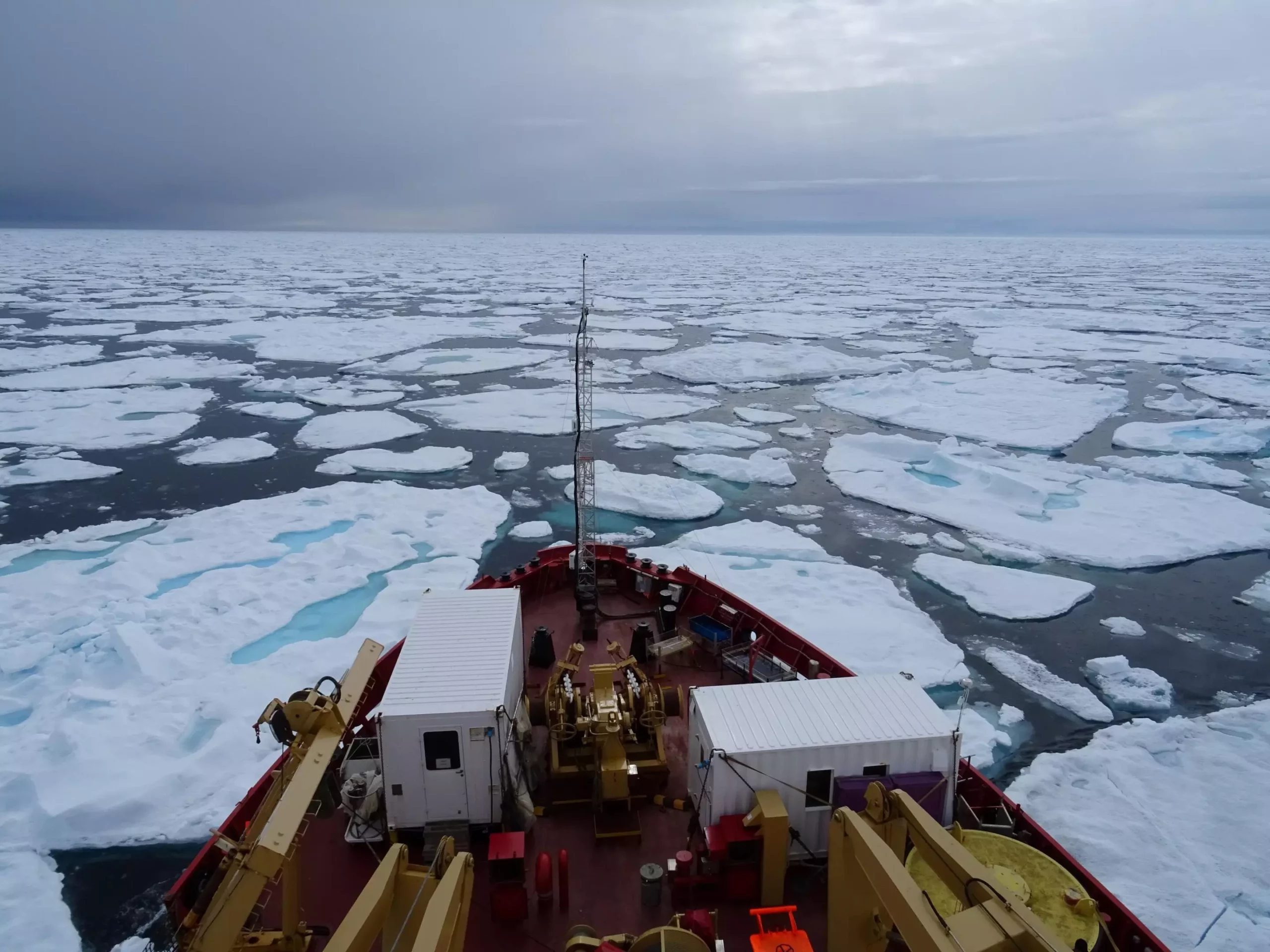In recent years, a disconcerting trend has emerged regarding the navigability of the Northwest Passage (NWP), a route once heralded as a potential game-changer for global shipping. A comprehensive analysis published in *Communications Earth & Environment* painted a stark picture: between 2007 and 2021, the anticipated benefits of global warming on Arctic shipping have not materialized as hoped. Instead of facilitating maritime trade, an influx of thick sea ice flowing south from the Arctic Ocean has significantly contracted the ice-free shipping season in several key areas.
This revelation challenges longstanding assumptions about climate change ushering in new commercial opportunities. The NWP connects the Atlantic and Pacific Oceans through the serene beauty of the Arctic Circle north of North America. It bisects the Canadian Arctic Archipelago (CAA) into a longer southern route and a more favorable northern route, which many had looked to as a potential alternative to traditional trade pathways. Yet, with the recent findings, the NWP casts a shadow of doubt over its viability.
Ice Thickness and New Challenges
Alison Cook and her research team undertook a meticulous examination of sea ice charts sourced from the Canadian Ice Service. Their research focused on determining the weekly navigability of ten-kilometer sections along the CAA for PC 7 class ships, which can navigate ice up to 70 centimeters thick. The results are striking: segments like the eastern Beaufort Sea witnessed a staggering 14-week decline in navigable days, with both M’Clure Strait and Viscount Melville Sound seeing five-week reductions. Such data underscores an alarming trend—the increasingly precarious nature of Arctic shipping amid rising ice thickness.
The presence of choke points like M’Clure Strait, which experienced significant reductions in navigable weeks compared to other sections, heightens the risks for maritime logistics. Older, thicker ice—resulting from climate change-induced melting of the oldest Arctic sea ice—presents a perilous environment for vessels. This evolution in ice conditions means that ships face far greater hazards than the younger, thinner ice that predominated in the region in previous decades.
Implications Beyond Shipping
The implications of these findings extend beyond the world of shipping and commercial trade. Coastal communities within the CAA depend heavily on maritime routes for their essential supplies. The decrease in navigable weeks presents a tangible threat not only to the economy but also to the very survival of these communities. With food and goods transportation jeopardized by worsening ice conditions, the repercussions could lead to increased isolation and hardship for indigenous populations who have long relied on these routes.
As we grapple with the complexities of climate change, it is crucial to recognize that not all consequences are as straightforward as a longer shipping season. The NWP, far from becoming a reliable maritime corridor, is emerging as a stark reminder of the unpredictable and often detrimental impacts of global warming. With critical research underpinning our understanding, the world must reconsider its assumptions and look to adaptive strategies that safeguard both commerce and vulnerable communities in an ever-challenging climate landscape.

